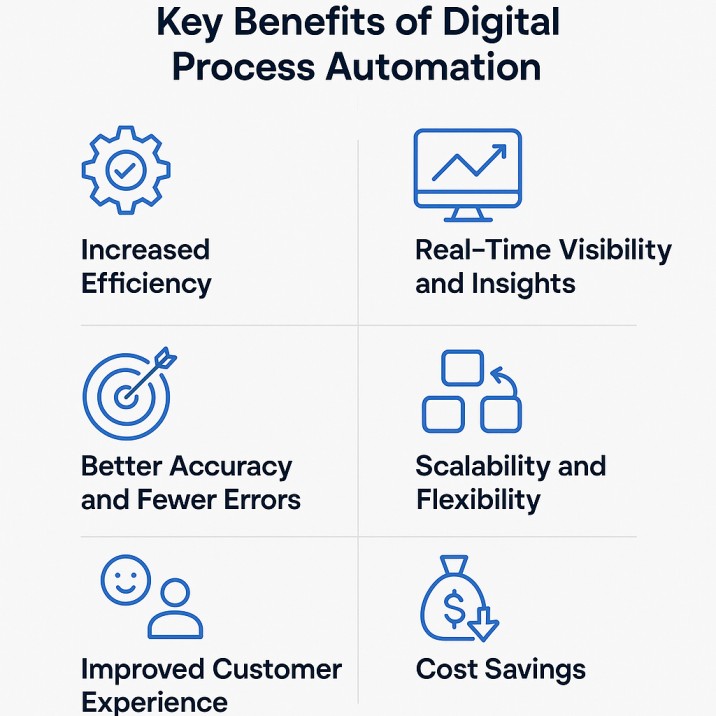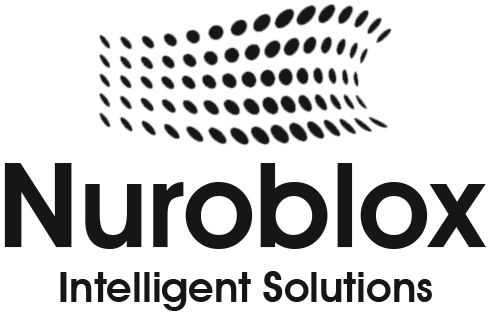Digital Process Automation: Benefits, Tools and Examples
Digital Process Automation (DPA) is changing how businesses get work done. Instead of doing repetitive tasks manually or relying on basic automation, DPA uses smarter tools to automate entire workflows from start to finish.
It helps teams save time, reduce errors, and deliver better results by connecting systems, people, and data in one smooth flow. Whether you’re in finance, healthcare, HR, or customer service, DPA can make your processes faster, more efficient, and easier to manage.
In this blog, you’ll learn what DPA is, why it matters, which tools to consider, and how leading companies are using it today.
What Is Digital Process Automation?
Digital Process Automation (DPA) is the use of technology to automate and optimize business processes across departments and systems. Unlike traditional task-based automation, DPA focuses on end-to-end workflows connecting people, data, and systems to improve speed, accuracy, and efficiency.
At its core, DPA helps organizations streamline complex processes like employee onboarding, customer service requests, claims management, and more. It goes beyond simple automation by adding smart decision-making, real-time data integration, and user-friendly interfaces.
Key features of DPA include:
- Workflow automation across multiple teams or tools
- Low-code or no-code platforms for faster deployment
- Integration with legacy systems, APIs, and modern apps
- AI and analytics for smarter decisions and process insights
In short, DPA helps businesses run smoothly by digitizing and automating entire processes, freeing up employees to focus on more valuable work.
Key Benefits of Digital Process Automation

Adopting Digital Process Automation (DPA) can unlock significant value across your organization. It goes beyond just saving time; it transforms how your business operates, scales, and serves its customers.
Here are the top benefits:
Increased Efficiency
- Automates repetitive and time-consuming tasks
- Speeds up approvals, document handling, and data entry
- Reduces delays and bottlenecks in workflows
Better Accuracy and Fewer Errors
- Minimizes manual mistakes by automating data handling
- Ensures consistency in process execution
- Improves compliance with industry standards and regulations
Improved Customer Experience
- Shortens response and service times
- Enables faster issue resolution
- Provides more consistent and personalized experiences
Real-Time Visibility and Insights
- Offers dashboards to track workflow performance
- Helps managers make data-driven decisions
- Identifies inefficiencies and improvement opportunities
Scalability and Flexibility
- Easily adapts as business needs change
- Supports new workflows, integrations, and users
- Enables faster digital transformation across departments
Cost Savings
- Reduces the need for manual labor and rework
- Cuts down operational costs over time
- Frees up resources for higher-value activities
DPA doesn’t just make your processes faster, it makes your business smarter, more agile, and better equipped for long-term growth.
Core Components of DPA
To deliver fast, intelligent, and end-to-end automation, Digital Process Automation relies on several key components that work together to streamline workflows and decision-making. Understanding these components is essential for designing scalable and effective automation strategies.
1. Workflow Engine
The workflow engine is the backbone of DPA. It manages how tasks flow between systems and users based on predefined rules.
- Automates decision points
- Routes tasks to the right people or systems
- Tracks progress across the process
2. Process Designer (Low-Code/No-Code Tools)
DPA platforms often include visual builders that enable business users to design workflows without writing code.
- Drag-and-drop interfaces
- Fast prototyping and deployment
- Ideal for non-technical teams
3. System Integrations and APIs
DPA must connect with existing applications, ERP, CRM, databases, and more.
- Ensures seamless data exchange
- Automates tasks across systems
- Uses APIs and connectors for integration
4. AI and Decision Automation
AI brings intelligence to processes by enabling systems to make decisions based on data.
- Natural Language Processing (NLP) for documents or chat
- Machine learning for predictions and smart routing
- Business rules engines for conditional logic
5. Analytics and Monitoring
Real-time dashboards and reporting enable the tracking of performance, identification of inefficiencies, and continuous improvement.
- Monitor KPIs like time saved, error rates, and SLAs
- Spot bottlenecks and optimize flows
- Support compliance and audit trails
6. Security and Compliance Controls
Enterprise-grade DPA requires robust data protection and policy enforcement.
- User authentication and role-based access
- Audit logging for compliance (GDPR, HIPAA, etc.)
- Data encryption and privacy measures
Together, these components allow DPA platforms to automate entire processes, not just isolated tasks, while keeping operations secure, efficient, and user-friendly.
Top Digital Process Automation Tools
Choosing the right Digital Process Automation (DPA) tool is key to modernizing business workflows. The best tools offer low-code capabilities, scalability, AI integration, and seamless connectivity with existing systems.
Here are some of the top DPA platforms to consider in 2025:
1. Nuroblox
A privacy-first automation platform for secure, scalable enterprise workflows.
Key features:
- No-code builder with AI workflow orchestration
- Strong data privacy and compliance support
- Designed for regulated industries (e.g., finance, healthcare)
2. Appian
A leading low-code automation platform designed for enterprise-grade processes.
Key features:
- Drag-and-drop interface
- Native AI and RPA integration
- Excellent for case management and complex workflows
3. Pega
Widely used in large enterprises for automating customer service and operations.
Key features:
- AI-powered decisioning
- Industry-specific templates
- Real-time analytics
4. Kissflow
A user-friendly DPA tool suitable for both small teams and large organizations.
Key features:
- Low-code and no-code options
- Pre-built workflow templates
- Integration with G Suite, Slack, and more
5. Nintex
Known for automating document-heavy processes and integrating with Microsoft tools.
Key features:
- Powerful document automation
- Workflow and RPA capabilities
- Seamless SharePoint integration
6. Zoho Creator
Part of the Zoho ecosystem, ideal for businesses seeking affordable automation.
Key features:
- Low-code app building
- AI tools and workflow automation
- Pre-built connectors for Zoho apps
7. Microsoft Power Automate
Great for companies already using Microsoft 365 and Azure.
Key features:
- Automates across Microsoft apps and beyond
- Built-in AI builder
- Strong community support and templates
Each of these platforms offers unique strengths depending on your needs, whether it’s low-code flexibility, deep integrations, or strong governance features. The best choice will depend on your team size, industry, and the complexity of your workflows.
Digital Process Automation Examples
Digital Process Automation (DPA) is reshaping how businesses operate by streamlining complex, manual workflows into intelligent, efficient systems. Here are several industry-specific examples that show how DPA can drive real value:
1. Financial Services: Automated Loan Approvals- In banking, loan applications once required days of paperwork and manual checks. With DPA, the entire process is digitized, applications are submitted online, customer data is automatically verified, and credit checks are triggered via API integrations. AI-based rules determine eligibility, and approvals can happen in real-time. This reduces human error, cuts approval time dramatically, and improves customer satisfaction.
2. Healthcare: Patient Intake and Claims Processing- Hospitals and clinics use DPA to automate patient onboarding. Digital forms capture patient data, schedule appointments, and sync records with electronic health systems. On the insurance side, claims are generated, validated, and submitted automatically, reducing delays and administrative load. This improves operational efficiency and ensures better compliance with privacy laws like HIPAA.
3. Manufacturing: Procurement and Supply Chain Workflows- Manufacturing firms automate procurement workflows using DPA tools that monitor stock levels and trigger reordering processes when inventory runs low. Purchase requests are automatically routed for approval, vendors are notified, and orders are tracked all without manual intervention. This not only saves time but also prevents supply chain disruptions.
4. Human Resources: Employee Onboarding- HR departments use DPA to create smoother onboarding experiences. Once a candidate accepts an offer, the system triggers a series of automated steps: contract generation, e-signature requests, ID verification, IT setup requests, and training module access. This ensures consistency and eliminates delays across departments.
5. Legal and Compliance: Contract Lifecycle Management- Legal teams often juggle high volumes of contracts. With DPA, contract templates can be generated automatically based on client data, routed to relevant departments for approval, and stored securely with version control. Alerts for renewals or expirations are built-in, reducing compliance risks and accelerating turnaround times.
6. Retail and E-commerce: Order Fulfillment Automation- In retail, DPA can link order management, inventory, and shipping systems. When a customer places an order, the system automatically checks stock, initiates fulfillment, generates shipping labels, and sends status updates. This improves order accuracy, reduces returns, and enhances the customer experience.
These examples show how DPA enhances accuracy, reduces costs, and increases speed in almost every department, from finance to HR to operations. As organizations embrace digital transformation, DPA becomes a critical driver of scalable and sustainable growth.
Conclusion
Digital Process Automation helps businesses streamline operations, reduce manual effort, and improve accuracy. By adopting the right tools and strategies, organizations can work smarter, scale faster, and stay competitive in a rapidly evolving digital world.


